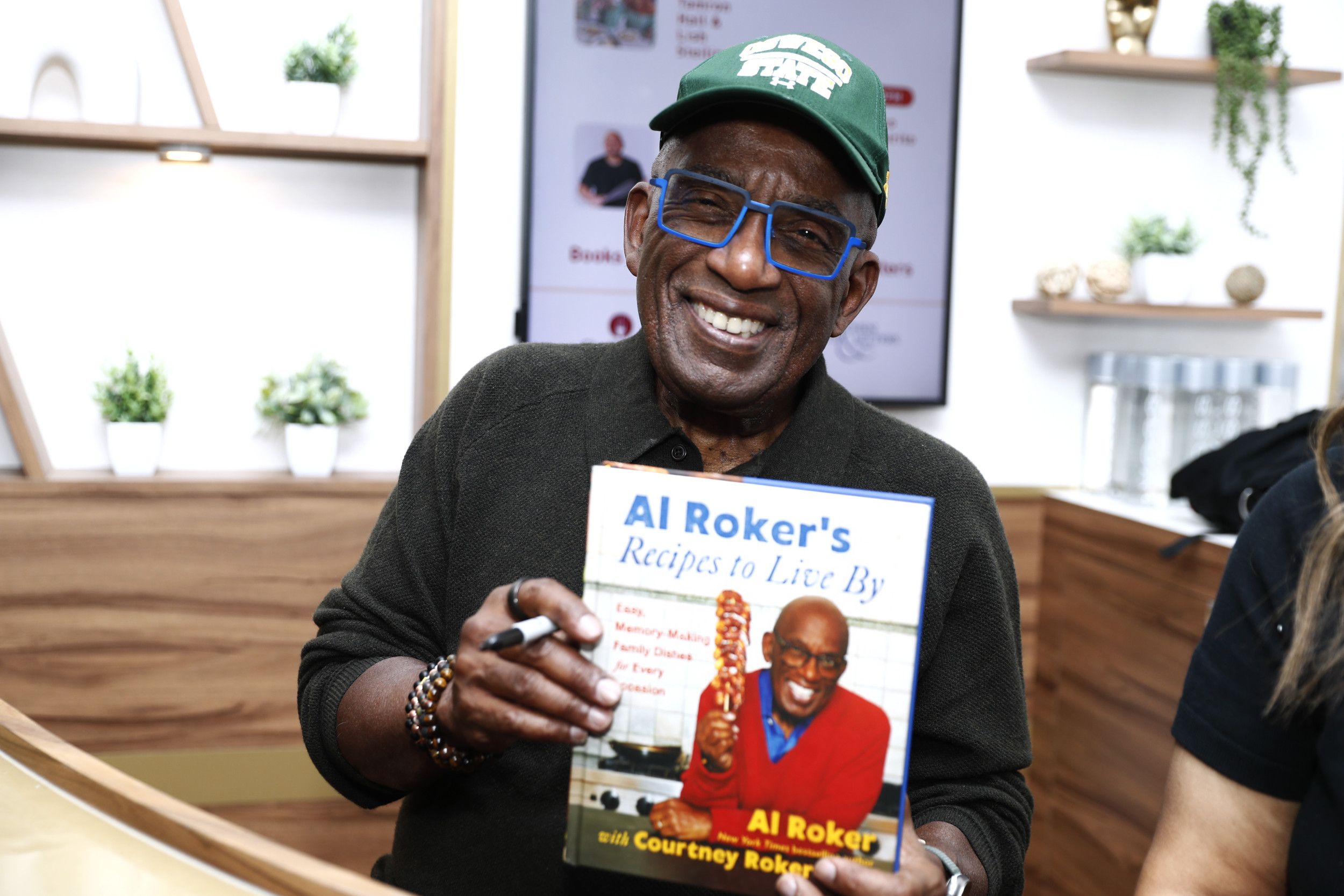Today’s retirees aren’t content to stay at home and play shuffleboard, nor are they interested in languishing at low-budget nursing care facilities when they get old. Instead, a growing number of older Americans are opting for something called a life plan community.
These communities typically feature independent living arrangements such as apartments but also have units on site that can provide more intensive care when it becomes necessary. The communities, which are often located near college campuses, also provide a host of amenities and social opportunities that make them very attractive to active seniors.
So attractive, in fact, that many have waiting lists in spite of their very high price tags. As the Wall Street Journal explains, while some life plan communities have average costs of $100,000 to $400,000, others in high-cost-of-living areas command much more — like one Palo Alto location with fees between $1.7 million and $7.3 million to buy an apartment.
Here’s why retirees are willing to pay a hefty premium for a life plan community.
Typically, life plan communities are designed so older adults can gain access to an active, vibrant network of peers, as well as to a full calendar of social activities, ranging from hula lessons to guest lectures. They also provide more traditional nursing home facilities that retirees can be transferred to if and when they need it.
Getting into a campus may require buying a unit and also paying monthly fees, which the Journal reports average $4,800 per month but can go much higher. The fees cover things like transportation to medical appointments as well as community activities. Retirees may also opt for an inclusive care contract that locks in their rate even if more intensive care becomes necessary.
Regardless of how the fee structure works, though, they’re popular both because of the simplicity they offer as well as because they can provide structure and socialization when work no longer fills the hours.
In fact, one retired lawyer waitlisted for several communities told the Journal, “if we could get ourselves into a community at a time when we are able to enjoy it and make new friends, I think it will make for a better existence.”















